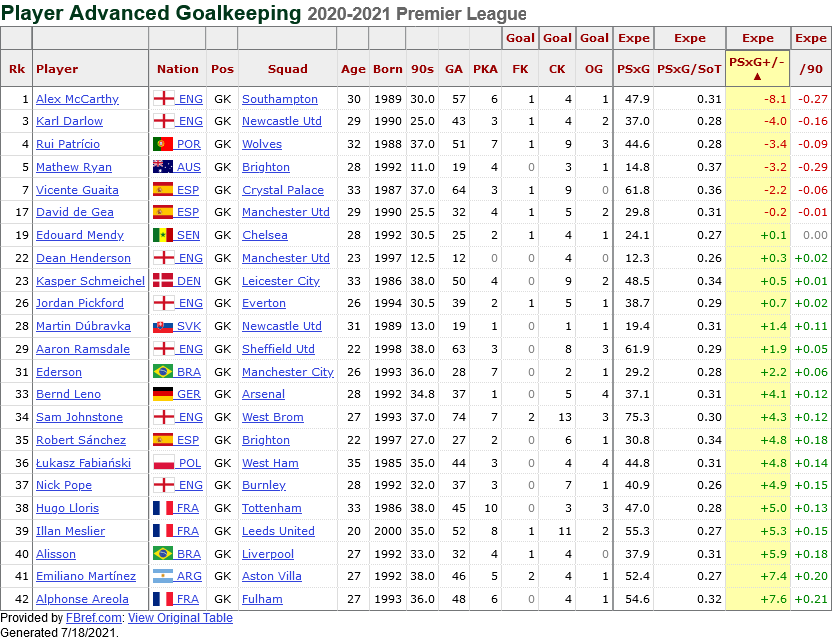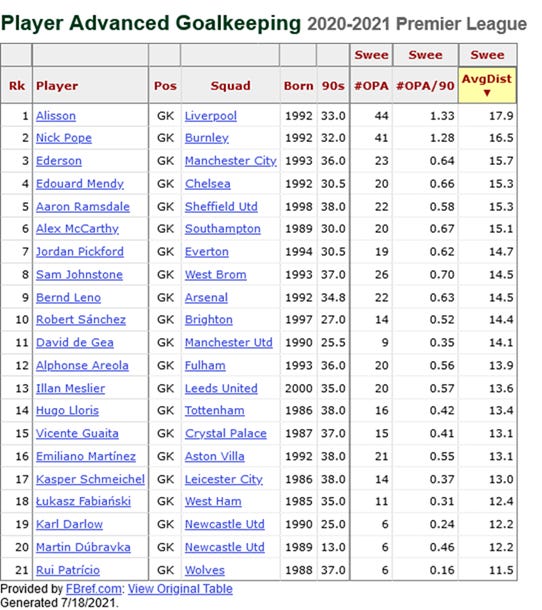Rui out, José in; how changing a goalkeeper can allow a change in team strategy
An evaluation of Rui Patrício's time as Wolves number 11.
Football strategies have developed significantly over the last decade or so, with new responsibilities added to players that they previously did not have. Strikers have evolved from just goalscorers to the first line of defence. And it is not enough for a goalkeeper to be the last line of protection anymore; they are also the starting point for the attack.
The signing of Rui Patrício in 2018 signified the steps forward that we were taking. Off the top of my head, I can only think of one previous signing of such an established goalkeeper - Edwin van der Sar joining Fulham from Juventus in 2001. The leap from John Ruddy to Patrício was probably the most significant upgrade we have made since promotion.
Patrício, as an established international, had a very set interpretation of the goalkeeping role, which I’m going to look at now and how Rui contributed to the team's overall style.
This tweet was doing the rounds the other day, to which lots of Wolves fans reacted “shows how bad our defence was”


I don’t think that reaction is either fair or accurate. Since promotion, we have given up 1.04 expected goals per game - that is, on average, we gave up slightly more than one goal worth of chances per match. Across the same period, only Liverpool, Manchester City and Chelsea had a better defensive record. So it certainly cannot be said that we have had a poor defence.
But what about all those shots? Well, on average, we gave up 11.35 shots per game - that is the fifth-best over the past three seasons. Again, not a sign of a poor defence.
The issue in the last season is that Rui didn’t save as many as he had previously. On a very basic level, his shot-stopping percentage remained similar - he would generally save around two in every three shots.

But FBREF allows us to look a little deeper at the data - it now has a measure it calls Post-Shot Expected Goals. This looks at how likely a goalkeeper is to save each individual shot. After all, a Raheem Sterling strike like this is a lot more difficult to save than one that is straight at you.
This is where Rui struggled a little.

Last season, he conceded 3.4 goals more than the average goalkeeper would. This was the third-worst record in the league and was perhaps a more significant factor in the overall poor performance than previously discussed. Remember, 3.4 goals might not sound like many, but if you consider the overperformance of Robert Sánchez, Ilian Meslier and Emiliano Martinez, that is quite a swing.

But, shot-stopping is no longer the only factor that goalkeepers are judged on. The ability to command an area can be an important factor, and this was not one of Rui’s strengths.
Rui faced 687 crosses in a Wolves shirt - he stopped 42 of them. Of the 39 goalkeepers to have faced more than 100 crosses during this period, only eight stopped a smaller proportion than Rui’s 6.1%. This not to disparage Rui, though - he didn’t come for many crosses, but when he did, he collected. For me, a keeper who rarely comes for crosses but collects the ones he does is preferable to one who comes for everything but is very hit and miss as to whether he deals with them.


Rui staying on his line is very much a feature of his goalkeeping. Last season, no goalkeeper stayed closer to his line in the Premier League, and no goalkeeper touched the ball outside of the penalty area less (#OPA). These figures are marginally down on previous seasons, perhaps indicating he has less confidence in his ability to deal with situations away from his goal.

Finally, as I said at the start, goalkeepers are expected to be the first point of attack. Patricio’s kicking ability has been the significant criticism he has faced in a Wolves shirt, and I’m not sure it’s all totally deserved.

Obviously, he is not Ederson, but there is a reason why goalkeepers with that sort of kicking ability cost the big bucks.
But overall, I think we can see that Rui has declined a little over the last 12 months - his shot-stopping has gotten worse, and he’s somehow gotten even more rooted to his line. And this would have been an issue for any manager who wants to change how we play. Rui was ideal for a team that sits back and defend deep, especially when his shot-stopping numbers were good. But I’m not sure he could play in a side that presses high, with a defensive line 10 yards further upfield and a more proactive defensive approach. Patricio would not be the first goalkeeper to suffer from this problem. Petr Cech had similar issues when Andre Villas-Boas installed a high line at Chelsea. (As did club captain and England international John Terry. It will be interesting to see whether Conor Coady can adapt).
I know nothing about José Sá, but his FBREF scouting report suggests that he’s a more proactive goalkeeper who operates further off his line than Patricio typically does (of course, the contexts of the clubs and leagues plays a massive role here).

I certainly don’t think it was a coincidence that Sá was introduced with a description that couldn't really be applied to Patricio and almost certainly signifies a change in style that perhaps Rui would not allow.


